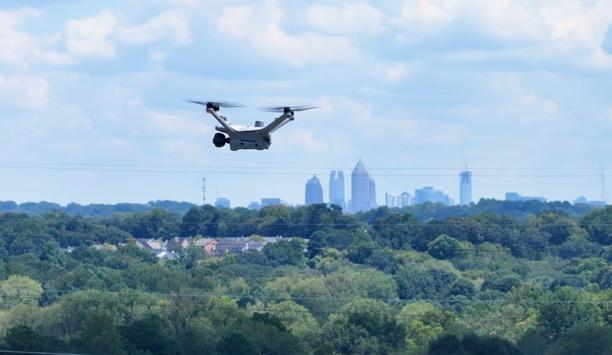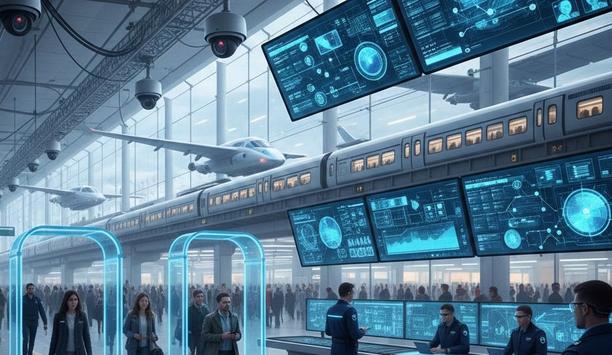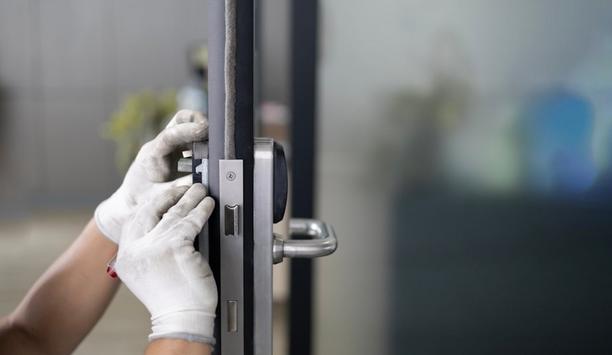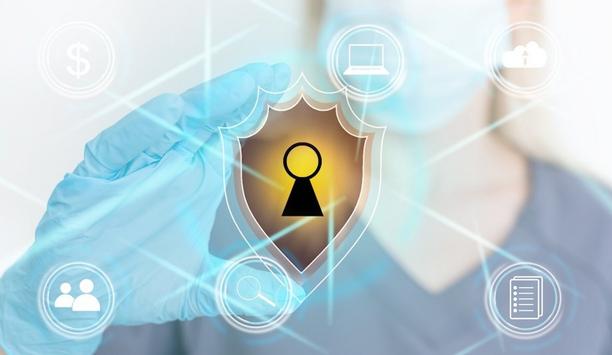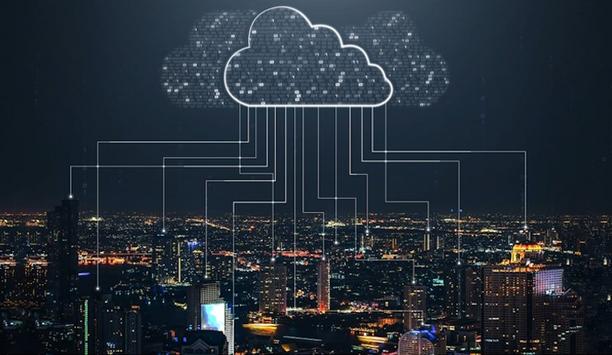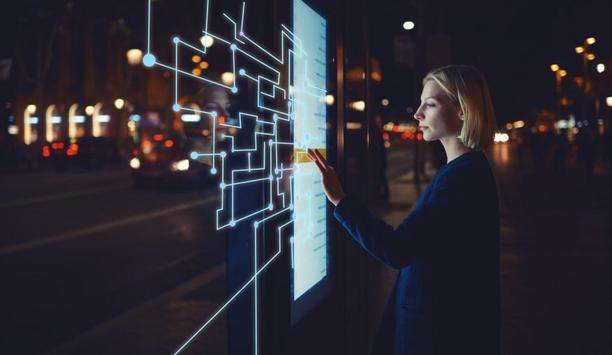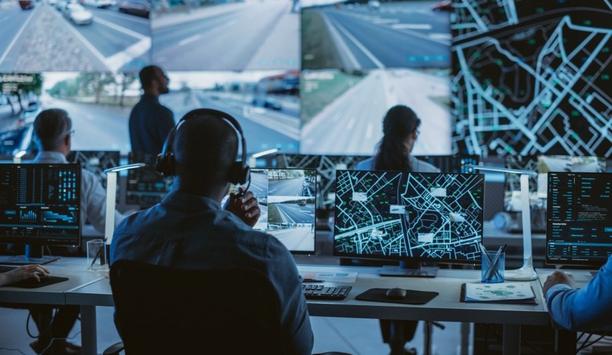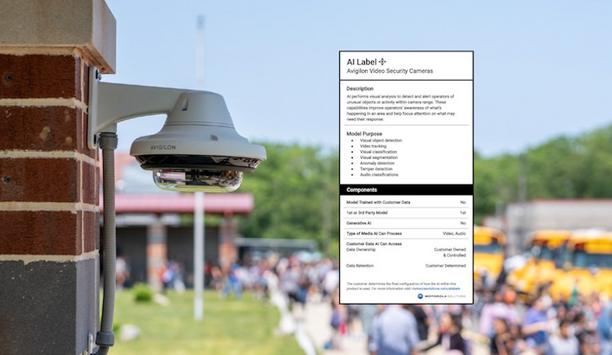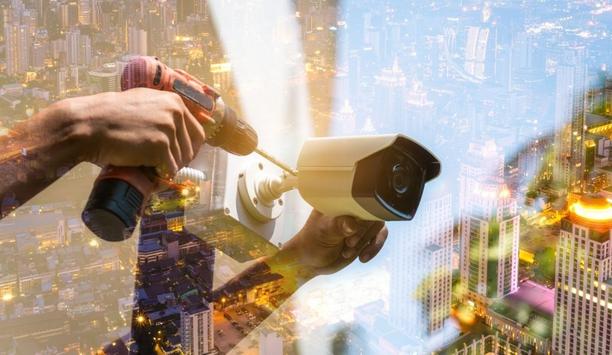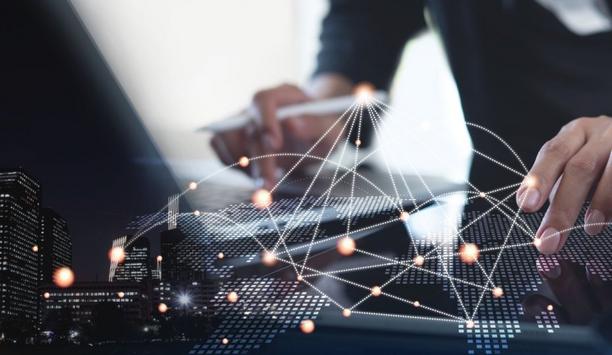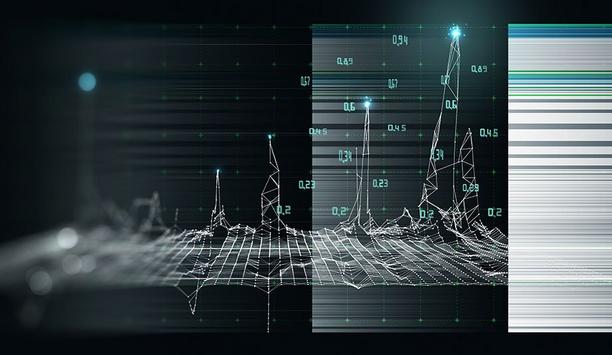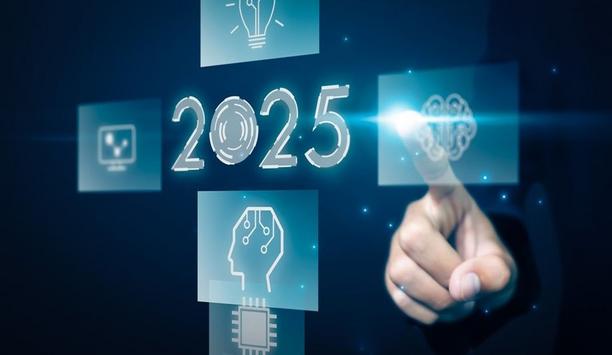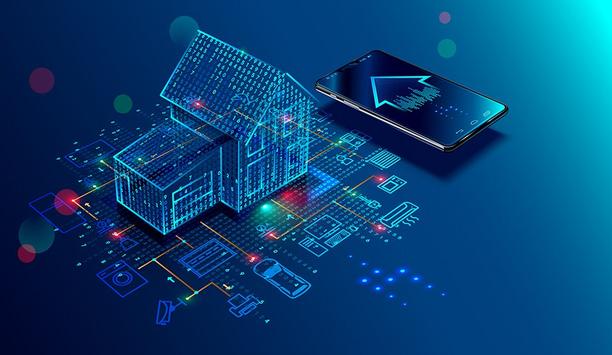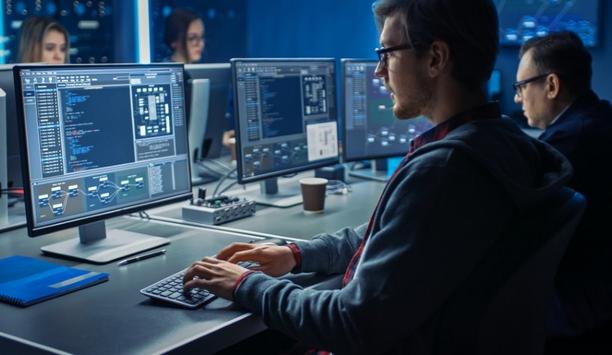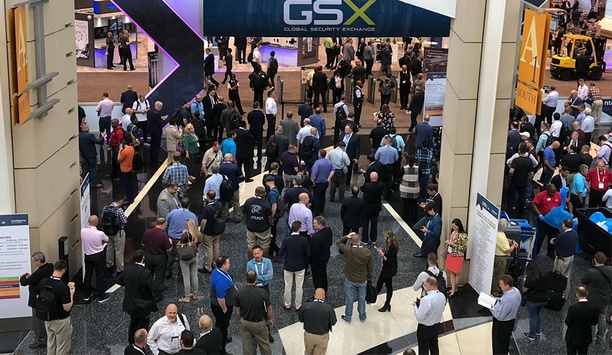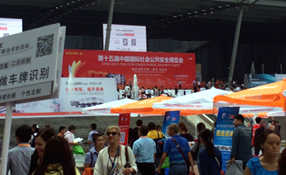Larry Anderson

Larry Anderson
Editor, SecurityInformed.com & SourceSecurity.comAn experienced journalist and long-time presence in the US security industry, Larry is SecurityInformed.com's eyes and ears in the fast-changing security marketplace, attending industry and corporate events, interviewing security leaders and contributing original editorial content to the site. He leads SecurityInformed.com's team of dedicated editorial and content professionals, guiding the "editorial roadmap" to ensure the site provides the most relevant content for security professionals. Larry also commissions Expert Commentary / Thought Leadership features, providing a platform for the industry's top executives to comment on the dynamic security marketplace. From 1996 to 2008, Larry was editor of "Access Control & Security Systems" magazine and its affiliated website. He has written numerous articles for and about some of the largest companies in the security industry. He earned a Bachelor of Arts from Georgia State University with a minor in marketing.
Physical security, security integration, video, access control, security market trends
Round table contributions
Delivering on customer expectations is a basic tenet of success in the physical security market. However, meeting expectations may be an elusive goal, whether because customer needs are not communicat...
Passwords are one of the most familiar elements of information systems, but also one that can be overlooked or underutilized. New alternatives are emerging, and the role of passwords is evolving in th...
Body-worn cameras are becoming more common every day, driven both by needs of the marketplace and technology developments. However, questions remain about the usefulness of the devices, and their futu...
The world of politics, like the world of security, is an environment of constant change. But do changes in one have an impact on the other? Governments around the world are involved in buying a wide v...
A busy trade show abounds with new products and expanded features, colorful signage and blinking video screens, all competing for attention from busy attendees. It’s a microcosm of how the secur...
Consolidation is a reality in the security and video surveillance market. In the last several years, we have seen a variety of mergers and acquisitions (M&As) involving scores of companies of all...
IP network dependability matters in physical security and safety applications, given that a company’s assets and people are at risk. There have been strides in the areas of network dependability...
Sometimes customers expect more out of a security system. A brand new security system just doesn’t perform as the customer expected it would. In fact, one might argue that the many variables in...
How mobile telephones have transformed into “smartphones” is one of the great technology stories of our time. What once was a single-function device now can do almost anything – disp...
One of the benefits of newer IP systems is the ability to store video inside the camera or in a nearby digital video recorder (DVR) at the edge of the network. Edge-based storage is unlikely to take t...
Healthcare organizations are an important vertical market for many security manufacturers and integrators. Like other vertical markets, healthcare has its own unique set of requirements and challenges...
Software changes constantly. There’s always a new patch or fix, and our computers persistently remind us that an update is available. As a core component of today’s IP networked video syst...
College campuses often operate like small communities – or even like large communities depending on enrollment. Although each college and university campus is unique, there are commonalities suc...
More and more physical security systems are being hosted in the cloud. But are cloud-based security systems “safe?” It’s a question being posed by risk-averse security professionals...
We asked this week’s Expert Panel: What are the limitations on where video cameras can be placed because of privacy? With hundreds of new cameras installed every day, the likelihood increases ex...
Articles by Larry Anderson
Drones are poised to fill long-standing gaps in physical security. Fixed cameras leave blind spots, and human guards cannot quickly cover large or complex properties during high-risk moments. Drones f...
Transportation systems need robust physical security to protect human life, to ensure economic stability, and to maintain national security. Because transportation involves moving large numbers of peo...
Installing physical security systems requires integrating diverse technologies (e.g., cameras, access control, alarms) that often use different protocols and must be adapted to a building's unique phy...
The healthcare industry faces unique and significant security challenges. Healthcare security professionals must balance an open, welcoming environment for patients and visitors with the need to prote...
Emphasizing proactive rather than reactive security shifts the focus from dealing with crises and damage control to prevention. Advantages of a proactive approach include cost efficiency, better busin...
There was high-level energy at GSX 2025, befitting an industry undergoing massive change. Artificial intelligence (AI) was everywhere, but not so much in the booth signage. Rather, AI has made its way...
The cloud fundamentally changes how organizations acquire and use technology, offering a powerful mix of financial, operational, and strategic advantages that traditional on-premises infrastructure ca...
Multiple technology trends are transforming the physical access control market. There is a fundamental shift away from physical cards and keys toward digital identities — mobile credentials, dig...
Data overload is real. Sometimes it seems we are bombarded by the sheer volume, velocity, and variety of data available in our personal lives, and in our work lives. The solution is to figure out how...
Ibrahim Kassem, Everon’s new Chief Technology Officer (CTO), has been in the security industry since 1998 in various IT leadership roles. Most recently, he was Chief Information Officer for a vi...
Students deserve a safe and positive environment where they can learn and thrive. Teachers and administrators should be able to focus on their primary role of educating students because they feel supp...
The speed, scale and sophistication of today's safety threats can outpace human capacity to keep up. The implementation of artificial intelligence (AI) is essential to keep people safer and must be de...
Physical security and cybersecurity are deeply intertwined in today’s systems. A weakness in one realm can quickly lead to a breach in the other, and vice versa. However, given the symbiotic rel...
Ethics can impact a company's reputation, profitability, and overall sustainability. Ethics extend beyond the law to encompass doing the "right thing" even when it is not legally mandated. As technolo...
A system's lifecycle is the journey it takes from planning and design through to decommissioning. Considering the entire lifecycle of a system can encourage integrators and end users to embrace higher...
The Internet of Things (IoT) is having a profound impact on businesses across various industries, including security. In physical security as in other business environments, the IoT is changing how sy...
Future-proofing your skillset is about embracing continuous learning and developing a versatile set of competencies that remain valuable regardless of technological shifts or industry changes. In the...
Access control, video surveillance, and intrusion detection systems evolved largely independently in the physical security industry. Integrating those systems to the benefit of an enterprise's overall...
In the past, security installers and integrators were used almost exclusively to install hardware. However, the role is changing and expanding along with the technologies used in the physical security...
The role of audio in physical security is multifaceted and increasingly vital, offering a layer of intelligence and interaction that access control and/or video surveillance alone cannot provide. Soun...
News mentions
Access control solutions will continue their evolution in 2025 as organizations assess and adapt to dynamic and increasingly dangerous threats. Trends to watch include the growing adoption of mobile a...
As the backbone of community welfare, healthcare facilities cater to crucial public needs from emergency care to specialized medical treatments, and due to its position as a significant facet of the w...
Rapid technological advancement, artificial intelligence (AI) and machine learning (ML) are revolutionizing traditional on-premises video security systems. These next-level tools are not just enhancin...
Protecting video involves many of the same strategies and protocols as those used to protect any other type of data. In the world of IP cameras and systems, video can be transmitted anywhere in the wo...
With 2023 well underway, it’s a good time to look back on what we learned in the tumultuous previous year. In the security marketplace, there was no shortage of technology developments and a few...
Like any year, 2022 was full of surprises for the physical security industry. Adapting to supply chain shortages, lightning-fast technology development, and changing occupancy patterns in a shifting l...
Most of the assumptions you’ve made about gunshot detection could be wrong. To those security professionals who stay on top of their homework, this is probably not true, but the ‘you&rsquo...
Urban populations are expanding rapidly around the globe, with an expected growth of 1.56 billion by 2040. As the number of people living and working in cities continues to grow, the ability to keep e...
A standard is a document that establishes uniform engineering or technical criteria, methods, processes, and/or practices. Standards surround every aspect of our business. For example, the physical se...
One of the common characteristics of trade shows is booths with walls and walls of new products. Sometimes exhibitors seem intent on displaying everything in their portfolio, even though the displays...
As editor of SecurityInformed.com, Larry attends industry and corporate events, interviews security leaders and contributes original editorial content to the sites. He also guides the "editorial roadm...
If you’ve been paying attention over the last twelve months, you will have noticed that deep learning techniques and artificial intelligence (AI) are making waves in the physical secur...
Our most popular articles in 2017 reflected changing trends in the U.S. security market, from deep learning to protection of mobile workers, from building automation to robotics. Again in 2017, the mo...
SourceSecurity.com’s most trafficked articles in 2017 reflected changing trends in the market, from facial detection to drones, from deep learning to body worn cameras. Again in 2017, the most w...
In 2017, SecurityInformed.com covered topics from all corners of the physical security industry - from video surveillance, to access control, to intrusion detection and beyond. But just how...
SourceSecurity.com’s Expert Panel had a lot to say in 2015 on a variety of topics in our Roundtable discussions. Not surprisingly, the discussion topics that have generated...
There's nothing like a visit to the China Public Security Expo (CPSE) in Shenzhen to open your eyes to a new world of security market manufacturers and customers in the Asia-Pacific market. The show i...
Strategic management of costs is important when considering video storage systems Costs are at issue when considering any component of a video system. Strategic management of costs...
Physical access control system architecture should be built to use the changing IT infrastructures of today’s organizations to their fullest It’s time to completely reth...
The merger of Vicon and IQinVision has been one of the more interesting business developments in the security and video surveillance markets in 2014. Wondering how the merger is working out, I spoke w...
















